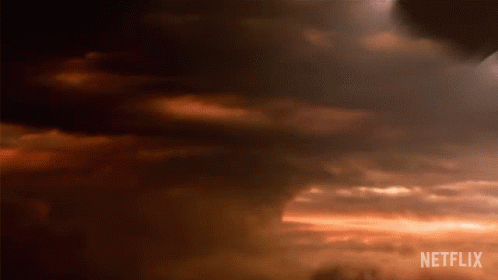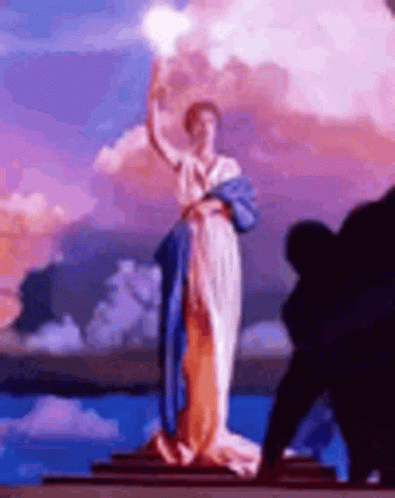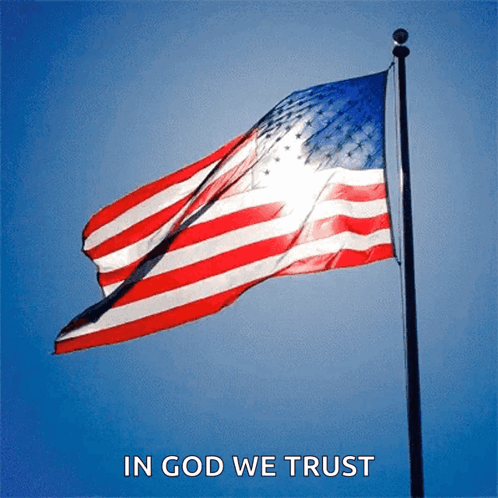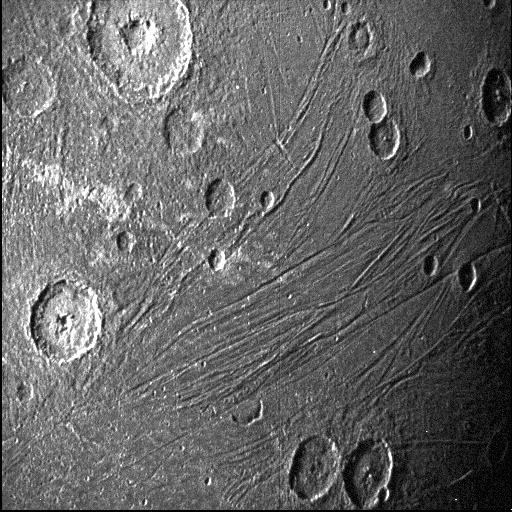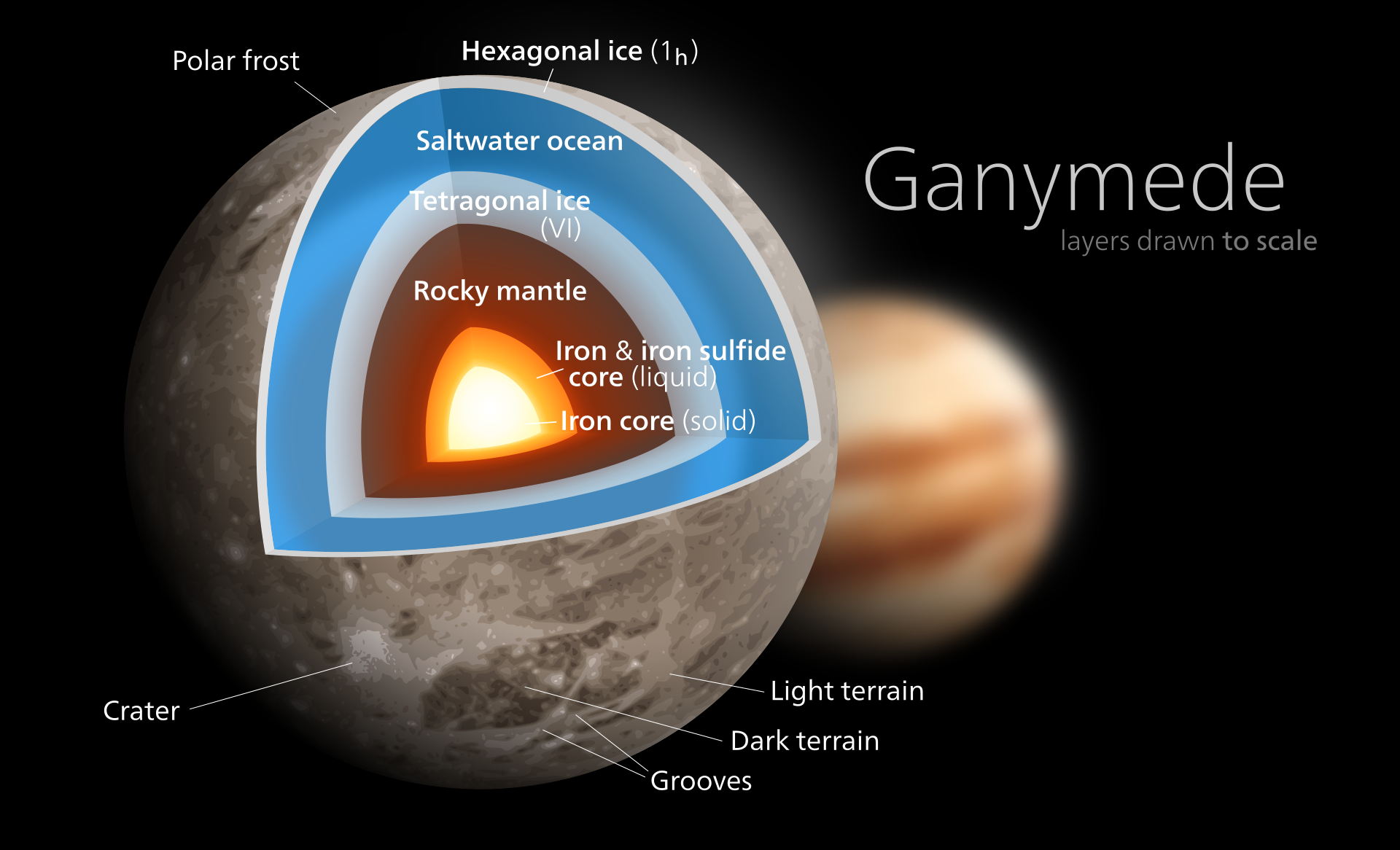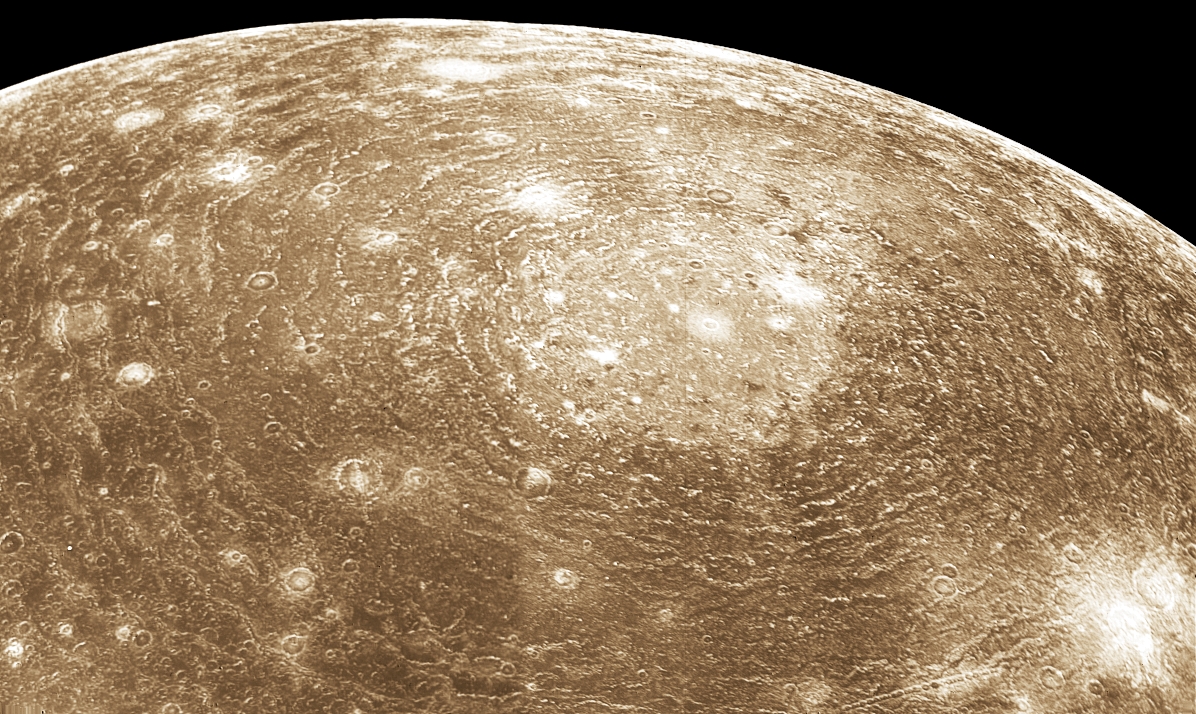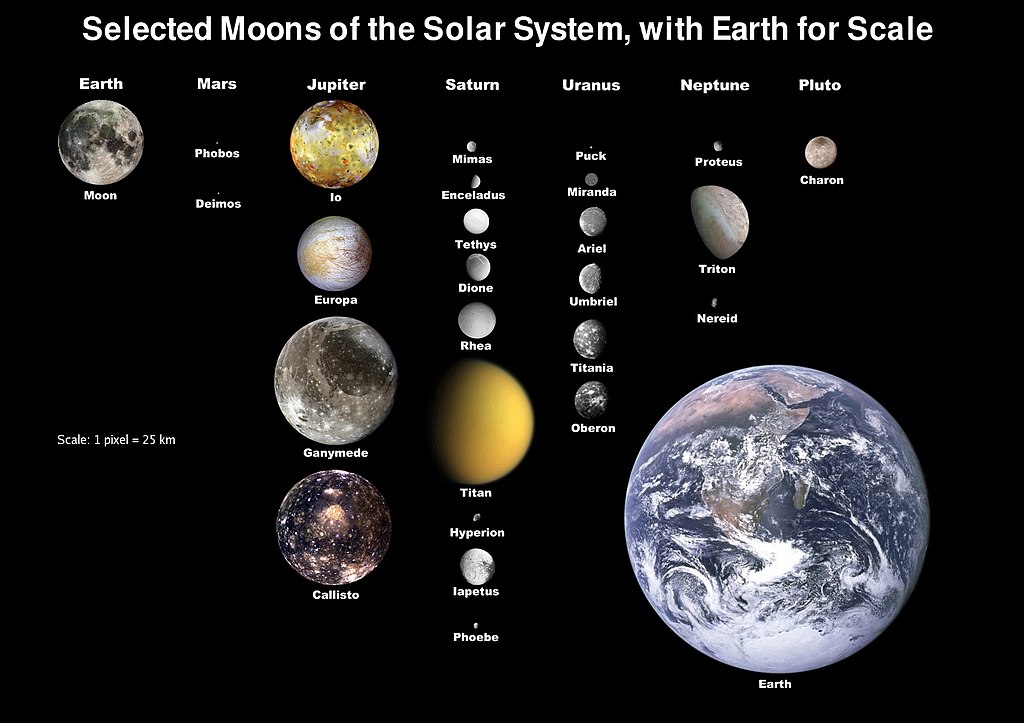What is it that feeds our battle, yet starves our victory?
January 6 Tapes Reminder
After the first release, we were supposed to get more, every week.
As far as I know it hasn’t happened.
Speaker Johnson, please follow through!
A Caution
Just remember…we might replace the RINO candidates. (Or we might not. The record is mixed even though there is more MAGA than there used to be.) But that will make no difference in the long run if the party officials, basically the Rhonna McDaniels (or however that’s spelled–I suspect it’s RINO), don’t get replaced.
State party chairs, vice chairs, secretaries and so on, and the same at county levels, have huge influence on who ultimately gets nominated, and if these party wheelhorses are RINOs, they will work tirelessly to put their own pukey people on the ballot. In fact I’d not be surprised if some of our “MAGA” candidates are in fact, RINO plants, encouraged to run by the RINO party leadership when they realized that Lyn Cheney (and her ilk) were hopelessly compromised as effective candidates. The best way for them to deal with the opposition, of course, is to run it themselves.
Running good candidates is only HALF of the battle!
Biden Gives Us Too Much Credit
…we can move on to the next one.
Apparently Biden (or his puppeteer) has decided we’re to blame for all of the fail in the United States today.
Sorry to disappoint you Joe (or whoever), but you managed to do that all on your own; not only that, you wouldn’t let us NOT give you the chance because you insisted on cheating your way into power.
Yep, you-all are incompetent, and so proud of it you expect our applause for your sincerity. Fuck that!!
It wouldn’t be so bad, but you insist that everyone else have to share in your misery. Nope, can’t have anyone get out from under it. Somehow your grand vision only works if every single other person on earth is forced to go along. So much as ONE PERSON not going along is enough to make it all fail, apparently.
In engineering school we’re taught that a design that has seven to eight billion single points of failure…sucks.
Actually, we weren’t taught that. Because it would never have occurred to the professors to use such a ridiculous example.
Justice Must Be Done.
The prior election must be acknowledged as fraudulent, and steps must be taken to prosecute the fraudsters and restore integrity to the system.
Lawyer Appeasement Section
OK now for the fine print.
This is the WQTH Daily Thread. You know the drill. There’s no Poltical correctness, but civility is a requirement. There are Important Guidelines, here, with an addendum on 20191110.
We have a new board – called The U Tree – where people can take each other to the woodshed without fear of censorship or moderation.
And remember Wheatie’s Rules:
1. No food fights
2. No running with scissors.
3. If you bring snacks, bring enough for everyone.
4. Zeroth rule of gun safety: Don’t let the government get your guns.
5. Rule one of gun safety: The gun is always loaded.
5a. If you actually want the gun to be loaded, like because you’re checking out a bump in the night, then it’s empty.
6. Rule two of gun safety: Never point the gun at anything you’re not willing to destroy.
7. Rule three: Keep your finger off the trigger until ready to fire.
8. Rule the fourth: Be sure of your target and what is behind it.
(Hmm a few extras seem to have crept in.)
Spot Prices
All prices are Kitco Ask, 3PM MT Friday (at that time the markets close for the weekend). (Note: most media quotes are for the bid…the price paid by the market makers, not the ask, which is what they will sell at. I figure the ask is more relevant to people like us who wish we could afford to buy these things. In the case of gold the difference is usually about a dollar, for the PGMs the spread is much wider.)
Last Week:
Gold $2,654.30
Silver $32.26
Platinum $999.00
Palladium $1,038.00
Rhodium $5,025.00
FRNSI* 127.402-
Gold:Silver 82.278+
This week, markets closed at 3PM Mountain Time Friday for the weekend.
Gold $2,657.70
Silver $31.60
Platinum $995.00
Palladium $1,088.00
Rhodium $5,075.00
FRNSI* 127.566+
Gold:Silver 84.104+
Gold see-sawed, getting closer to 2700, almost dipping below 2600 on Wednesday and Thursday but recovered nicely on Friday, even to the point of closing up for the week, barely. Silver, however, has definitely slipped, and you would need almost two more ounces of silver this week to buy an ounce of gold, than last week. Platinum a bit down, palladium might be starting another run.
*The SteveInCO Federal Reserve Note Suckage Index (FRNSI) is a measure of how much the dollar has inflated. It’s the ratio of the current price of gold, to the number of dollars an ounce of fine gold made up when the dollar was defined as 25.8 grains of 0.900 gold. That worked out to an ounce being $20.67+71/387 of a cent. (Note gold wasn’t worth this much back then, thus much gold was $20.67 71/387ths. It’s a subtle distinction. One ounce of gold wasn’t worth $20.67 back then, it was $20.67.) Once this ratio is computed, 1 is subtracted from it so that the number is zero when the dollar is at its proper value, indicating zero suckage.
Moon Roundup
Before 1610, there was one Moon, and it wasn’t a class of objects. Actually at one time the Moon and Sun (!) were lumped in with Mercury, Venus, Mars, Jupiter and Saturn as planets. They were, after all, all objects that moved with respect to the background stars (that includes the Sun but it takes a little bit of extra work to show this since it’s rather difficult to see the stars and Sun at the same time). And planet derives from a Greek word for wanderer.
Note by the way that Earth was not considered a planet. Planets were things up there in the sky, not down here, and certainly not as “down here” as you can get, the dirt beneath your feet.
This was back in the old “Earth is the center of everything” days, but late in the 1500s some people started suggesting that perhaps it was the Sun at the center. (This was actually a revival of an ancient Greek idea.) Now this is difficult to settle with naked eye observations, but a telescope will show you that not everything goes around the Earth. Venus and Mercury exhibit phases that show they orbit the Sun. And Jupiter, of course, has those Galilean moons.
Galileo actually considered them planets at first, because, after all, they moved against the background stars, just like Jupiter did. He didn’t realize we needed a new category of thing, with the Moon being the first known member. And it took a while; for a couple of centuries the larger moons of the outer planets were called “satellite planets” instead of “moons” or just plain “satellites.”
So if you think Pluto being demoted from planet status was a kerfuffle, imagine what was going on then, when they still couldn’t figure out which buckets even existed that they could put things into (figuratively speaking of course).
Eventually anything that orbited the Sun was a planet, including Earth, and anything that orbited a planet was a satellite or moon, including “the” Moon. We know of no cases of a moon itself having a natural satellite of any significant size.
And yes, “satellite” used to be synonymous with “moon,” but then we started putting things in orbit, and we started talking about natural and artificial satellites. Some people still do so, but most people use “moon” (with a lower case M) for the natural case and just plain “satellite” for the artificial case.
[And yes, we’ve no idea how to classify Stacy Abram’s hindquarters. It’s a moon…sort of…and is of similar size to the major moons, but it’s not a heavenly body by any stretch of the imagination.]
Since those days, of course, we’ve found objects out there of all kinds of different sizes orbiting both planets and the Sun, so we had to sit down and reassess definitions again and Pluto got the boot from the “planet” clique. (And, IMHO, rightly so; the other alternative would have been to promote about half a dozen Kuiper belt objects.) There’s no minimum size, as yet, for moons, so technically any planet with a ring has countless moons: all the constituent rocks that make up the ring.
Anyhow, we’re not even halfway through the moons that are in our solar system. But I thought I’d do a quick roundup, to set up the Big Picture. Let’s start out with a picture from Wikipedia showing planets and large (or famous) moons, all to scale by size. Notably, Mercury and Mars look roughly the size of some of the bigger moons, and Pluto is outclassed by at least seven moons.

Let’s consider them in order of size. If you ignore the planets and Pluto, there seem to be seven “big ones,” and a bunch of medium sized ones.
The big ones are The Moon, Io, Europa, Ganymede, Callisto (all orbiting Jupiter), Titan (Saturn), and Triton (Neptune). They are all 2500 km across or larger. There seems to be a big gap between Triton and any of the moons smaller than it, and when you look at masses, that is confirmed. Triton, the smallest of these seven, is more massive than all of the other moons put together. So you could actually make a list with eight entries, the eighth being “everything else that’s a moon, put together” and that would be the last item on the list.
That makes it seem like a nice, natural dividing line between “large” and “medium.”
The large moons verge on being planet sized, with Ganymede more voluminous than Mercury (though made of much lighter stuff). So much so that at least some astronomers call these seven the “satellite planets.” (I.e., things that would be planets, if only they weren’t orbiting a planet!) [As an aside I suspect we’ll be looking, again, at reclassifying things soon. And I would not be entirely unsympathetic.]
Now just eyeballing that diagram again, there are nine moons in the “medium” bracket (with S for Saturn, U for Uranus, and P for Pluto): Titania (U), Oberon (U), Rhea (S), Iapetus (S), Charon (P), Ariel (U), Umbriel (U), Dione (S), and Tethys (S). And again, it turns out that Tethys, the smallest of the nine, is bigger than all of the remaining “small” moons, put together. So, another natural dividing line, between medium and small. These medium moons are all 1000-2500 kilometers in diameter.
Up to here, moons seem to be named after mythical figures, however for some reason the moons of Uranus got named after Shakespearean characters.
So that’s sixteen medium and large size moons. Everything else is “small.”
But there’s another criterion we could use…and that’s “hydrostatic equilibrium” which when you dumb it down means “is it spherical”?
If you don’t dumb it down, there are nuances. For instance, if a moon is orbiting fairly close to a planet when it’s still largely molten, it’s going to take on an oblate shape, first because it’s rotating once per orbit, and second because the planet’s going to tend to make it egg shaped (tidal forces). If it then solidifies and its orbit gets larger, it’s technically not quite in hydrostatic equilibrium any more; because if it were liquid it would flow into a slightly different shape. Our own moon is actually an example. But in general, for classification purposes, this is a nuance that is ignored; the sucker is round or it isn’t.
[Edited to add:] A moon in hydrostatic equilibrium is considered to be a “major moon,” no matter how small it might be.
[Edited:] All of the large and medium moons are major moons. But as happens, three (maybe four) of the biggest “small” moons, those below 1000km across but greater than 250 km across, are round too and also qualify as major moons. There are two moons in the 500-1000 km range, and seven in the 250-500 km range. I’m going to call the 250-1000 km range the “medium small” range.
[Edited:] In the 500-1000 km range, we have Enceladus (S) barely making it at 504 km, and definitely a major moon. There is also Dysnomia, a satellite of the dwarf planet Eris, which is the “maybe” case. It’s 615 km across, apparently, but it’s very dark and we cannot get a read on its shape though its density appears to be low enough that we don’t expect its gravity will have crushed it into a sphere.
[Edited:] in the 250-500 km range we have Mimas (S), and Miranda (U), 400 and 470 km in diameter respectively, both major moons. And we also have five objects that are not major moons, and they are Hyperion (S), Proteus (N), Nereid (N), Vanth (satellite of dwarf planet Orcus) and Hi’iaka (satellite of dwarf planet Haumea). Proteus is actually bigger than Mimas, so there’s clearly not a hard line, above which a moon will be round (and therefore major). As I alluded to above, a low density can make a moon less massive, which can be enough that it does not “go round.”
[Edited:] So there’s your roundup. Expect to see talk of Large, Medium and Medium-small moons, as well as major moons and minor moons; “major” encompassing large and medium moons as well as three of the scores of small moons.
Saturn
History
Saturn, to the ancients, was a star-like object that took 29.5 years to make one trip around the ecliptic. Dimmer and slower than Jupiter, which was associated with the king of the gods, it got associated with the prior generation.
You see, in Greek and Roman mythology the Olympian gods were the third generation. The first was Uranus (Οὐρανός), the sky, and Gaia, the Earth. He was both her son and her husband. Their children were the titans, twelve of them: Oceanus, Coeus, Crius, Hyperion, Iapetus, Theia, Rhea, Themis, Mnemosyne, Phoebe, Tethys, and Cronus. (You will see some of those names again…in fact if you read the previous section, you already have.) Cronus (or Kronos) was the father of Zeus, Hera, Poseidon, Hades, Hestia, Demeter and Chiron. These are all the Greek names. The one called Kronos was known to the Romans as Saturn.
In 1610 Galileo turned that telescope towards Saturn, and saw…well, a couple of lumps one on each side of Saturn that each looked like it might be a moon a third the size of Saturn. (Let’s face it, it wasn’t a very good telescope, even if it was one of the best in the world at the time.)
A couple of years later, he looked again, and the moons were gone. He predicted that they would be back later, and indeed they showed up. And got bigger to the point where Saturn seemed oval-shaped. Christiaan Huygens finally saw this as rings in 1655, publishing his results in 1659. Huygens spotted one moon, which he named Titan. Shortly thereafter (1675) Giovanni Domenico Cassini discovered a gap in the rings, and also four more moons, Iapetus, Rhea, Tethys and Dione–all named after titans. (Dione is either another daughter of Uranus and Gaia, or the daughter of Oceanus and Tethys, depending on whose rendering of the mythology you’re reading.) In 1789 William Herschel (discoverer of Uranus) discovered two more moons, Mimas and Enceladus–these are two of the three “small” moons in our solar system that are nevertheless big enough to be round, from the previous section. Hyperion was discovered in 1848. It’s comparable to Mimas and Enceladus, but not round…far from it, as we’ll see.
Saturn ends up having seven major moons, one large, the other six medium. Add in Hyperion, and that’s eight. When I was a kid, the count was ten (with most books still saying nine). The missing two were Phoebe (1898) and..well..number ten, first spotted in 1966, was a bit confusing. It was first spotted on December 15, 1966. But then another astronomer spotted it again…but in a different place in the same orbit…on December 18, 1966. Here was a moon that appeared to be jumping around in its orbit, but it was there (well, maybe not) and it was number 10. Finally in 1978, a couple of astronomers realized what was really going on. There were two moons sharing the same orbit, Janus and Epimetheus, a situation which had been assumed to be unstable up until then. So elementary school Steve didn’t realize Saturn’s tenth moon was really the tenth and eleventh moons. Today’s count is (drumroll) one hundred and forty six, with the most recent discovery being in 2020. But I am going to save detailed discussion of the moons until next time.
Pioneer 11 flew by in 1979. Voyager 1 zipped by in 1980, and Voyager 2 followed it in 1981. What a nice little barrage, especially since the cameras on the Voyagers were so much better. After that nothing until 2004, when Cassini went into orbit around Saturn. It not only stayed there for 13 years (until we deliberately deorbited it into Saturn’s atmosphere, since it was about to die anyway), it even put a lander on Titan! The ONLY landing ever made beyond the asteroid belt.
The Planet Proper
Saturn itself orbits at an average distance of 1,434 million kilometers, nearly a billion and a half. That’s 9.58 AUs. It has an axial tilt of about 28 degrees, a bit more than Earth’s 23 degrees, so Saturn definitely has seasons, unlike Jupiter (whose axial tilt is about 2 degrees). This will turn out to be important when we finally quit fiddling around and talk about the rings.
Saturn has a magnetosphere, like Jupiter, Ganymede, and Earth. Unlike Jupiter and Earth, the Saturn “magnet” is aligned with the axis of rotation pretty well. This magnetosphere isn’t as strong as Jupiter’s, but still significant.
Measured across the equator, Saturn is as wide as 9 earths. Measured through the poles, on the other hand, it’s only 8 earths tall. That’s because it is spinning very rapidly, once in about 10 1/2 hours, and it’s fluid clear down to a solid core that’s about 16,000 km across. We were able to learn a LOT about Saturn’s interior just from monitoring its gravity’s effect on both the Cassini probe and the rings.

Saturn has a banded atmosphere much like Jupiter’s though not nearly as colorful. It doesn’t have a long-standing storm like the Great Red Spot, but from time to time white spots will appear. Great white spots tend to appear once every Saturnian year, during its northern hemisphere summer, the last one in 1990. Cassini got to see one form, stretch out along its band, and eventually dissipate, after the head of the thing caught up and passed its tail. And then in 2010, ten years early, we got another white spot.

Voyager 1 spotted something very peculiar around Saturn’s north pole. For some reason we don’t fully understand, the clouds there form a hexagon, which appears to rotate with the planet, in time with Saturn’s radio emissions.

The south pole, by contrast, shows something like a hurricane eyewall. (No word yet on whether this is where all the FEMA hurricane money goes.)

OK, with that out of the way…
The Rings
They have been called “Gravity’s Masterpiece.”
And that is an understatement.
Gravity created them, gravity maintains their structure, and gravity is slowly destroying them.
Galileo noticed change when looking at Saturn, but could not resolve the rings; his telescope was simply too small. That change is caused by Saturn’s seasons. When it’s northern hemisphere summer, the north surface of the rings is tilted toward the Sun, at autumn they are edge on, at northern winter, the south surface is tipped toward the Sun, and finally at northern spring, they are edge on again. And since, comparatively speaking, we’re quite close to the Sun, we see the same thing. Here is a twenty nine year time lapse:

The rings are thin. At the time the earth crosses through the plane of the rings, we can’t see anything, not even a thin line. It has been likened to looking at a sheet of paper edge on, but relatively speaking the sheet of paper is much too thick! The next “disapperance” is next year, right now it looks something like this:

The rings are skinny but definitely there.
The rings are themselves subdivided into seven sections, imaginitively named A, B, C, D, E, F, and G.
What we see through our telescopes are basically A, B, and C. This is typically what you’ll see…only it’s much smaller in the telescope field of view than this:

This picture (from Cassini) shows the rings from well above the plane, with Saturn itself casting a shadow on them.

Going form the outside in, there’s a medium-bright ring (A), a wide gap–the one noted by Cassini, a brighter ring (B), and a much fainter ring (C). There are other, smaller gaps as well. Where do they come from? The Cassini gap happens to be at that spot where, if something were orbiting there, it’d do so in a 2:1 resonance with Mimas. That causes enough instability to force objects into smaller or larger orbits. In other cases, small moons within the rings help clear things out.
That’s just the beginning of the crazy stuff that happens in the rings. Ripples one to two kilometers high raised by embedded moons, spokes on the B ring we can’t figure out (yet)…some scientists are spending their entire careers on this stuff!
To see the D through G rings readily, we must look at Saturn backlit…something we couldn’t do until we sent spacecraft there.
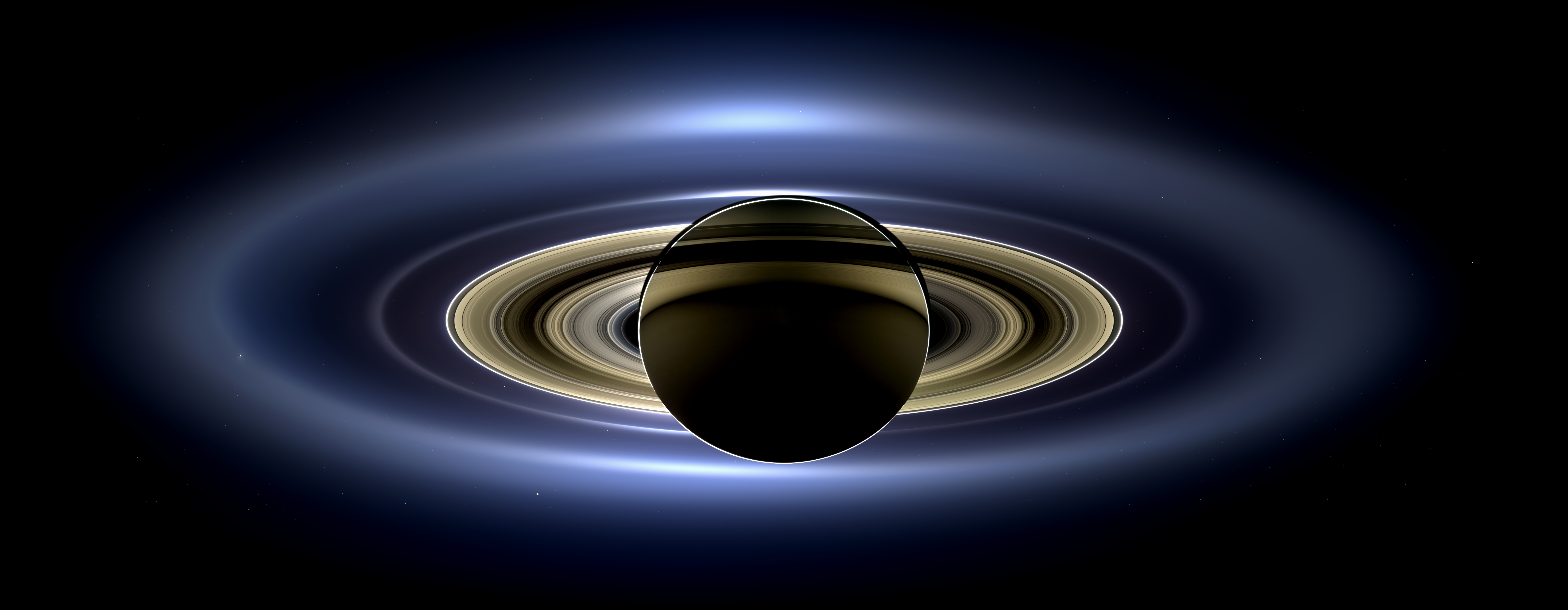
By the way, if you right click and open in new tab, between the two “gray” fuzzy rings (a narrow one and a broad one) at about 4 oclock…that dot there is Earth.

The rings appear to be made of chunks of ice, averaging about a foot across. And they’re pretty bright; they haven’t been covered with dark space dust. That leads most scientists to think that they aren’t that old…150 million years at the most. It’s possible that they weren’t there when the non-avian dinosaurs were killed 66 million years ago.
The most common thought is that a medium-sized moon got too close to Saturn somehow, perhaps thanks to perturbations from the other moons, and tidal forces (yes tidal forces again) did the rest.
Picture this: a spherical body maybe 200 kilometers across in orbit. It will orbit as if the entire mass of the moon were concentrated at the center. But a rock at the far side of the moon is 100 kilometers further away, and one at the near side is 100 kilometers closer. An object 100 km further out, in order to stay in orbit, wants to move slower than this moon is orbiting, yet that rock is being forced to move faster than that, since it’s stuck to the moon. If the moon were to suddenly disappear and leave the rock behind, it would actually go into a new, elliptical orbit, with the closest part where the rock was, sitting on the moon, and the furthest part, oh, some distance away. And so, this is what the rock “wants” to do. It actually feels a slight tug pulling at it, off the surface of the moon. If the moon is close enough to the planet, and its gravity weak enough, the rock will actually feel no net attraction to the moon, and drift off. As will its neighboring rocks. And similar things happen on the side of the moon closest to the planet, they want to go into smaller orbits and feel a net tug toward the planet and off the moon.
That’s how loose rocks might peel off, but moons are generally solid, aren’t they? Sure. But, if you think about that orbit where things on the far side will just barely want to drift away, but put the moon closer, then something deep underground at the far side would (if it weren’t buried) drift away. Now bury it again. Everything above it wants to drift away too. Those miles of stuff are effectively “hanging” wanting to fall off the moon. Enough of that, and even a solid rock will fracture. Rocks don’t do too well under tension, a fact which has had a profound effect on architecture here on Earth.
So, basically, we think a mostly-icy moon got too close and shattered. And the tidal forces have kept it from reforming. However some suggest that instead, two moons collided and this is the debris from the collision.
The rings are dying, though. The ice is slowly sublimating with help from cosmic rays, and that ice ends up in Saturn’s magnetic field and eventually forms auroras in its atmosphere. There are also other forces causing ring material to rain down onto Saturn’s equator (this was discovered by the Cassini spacecraft). The rings have 10-100 million years to live at the rate they are losing mass.
I’ll close this with another picture:

..or two, just to see the aurora…

..or three (you can see the hexagon in this one).

Obviously I could go on. But some of the coolest stuff is on the moons. So…until next time!


































































